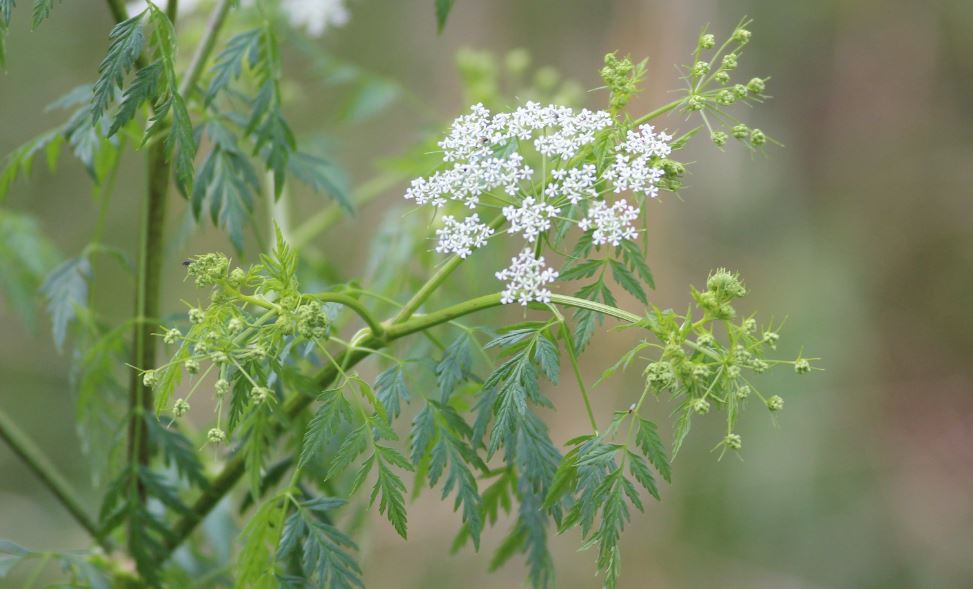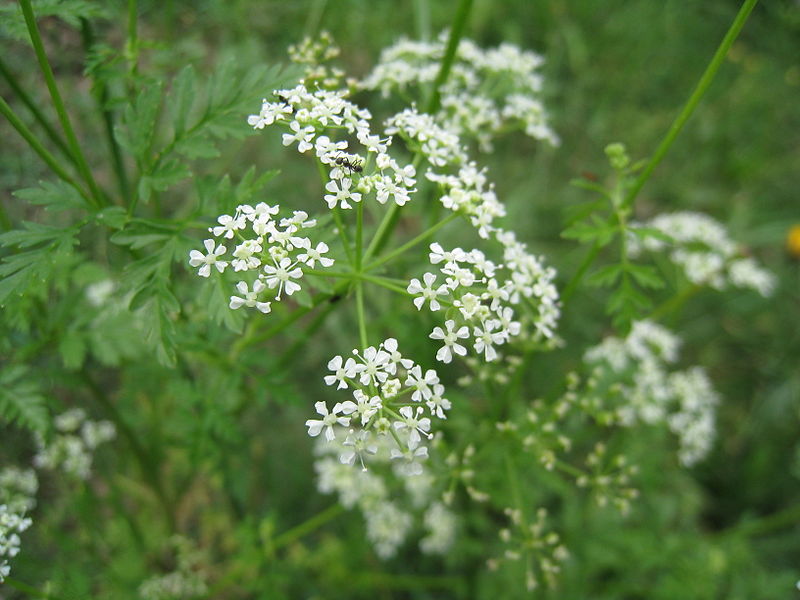Contents
- Introduction to Hemlock
- Identifying Hemlock
- The Dangers of Hemlock
- Controlling Hemlock Infestations
- Best Practices for Hemlock Management
- Resources and Further Information
Introduction
Hemlock (Conium maculatum) is a highly toxic invasive weed that poses a significant threat to grounds and land managers across the United Kingdom. As a member of the carrot family, this plant can easily be mistaken for other harmless herbs, making it crucial for UK grounds and land managers to be able to accurately identify and manage hemlock infestations.
In this blog post, we’ll explore the key characteristics of hemlock, the dangers it poses, and provide practical guidance on effective control and management strategies to help keep your grounds and land safe from this noxious weed.
Identifying Hemlock
Hemlock is a tall, branching plant that can grow up to 2 meters in height. It has a distinctive purple-spotted stem and fern-like, lacy green leaves. The small white flowers grow in umbrella-shaped clusters, and the plant produces green, ridged seeds that turn brown as they mature.

One of the easiest ways to identify hemlock is by its strong, unpleasant odor, which has been described as similar to that of mice or parsnips. It’s important to note that all parts of the hemlock plant are highly poisonous, so great care must be taken when handling or removing it.
The Dangers of Hemlock
Hemlock is one of the most poisonous plants native to Europe, containing toxic compounds called alkaloids that can be fatal if ingested, even in small amounts. Symptoms of hemlock poisoning include nausea, vomiting, dizziness, and respiratory paralysis, which can lead to death.
The danger posed by hemlock is particularly acute in areas where the public or livestock may have access, such as parks, gardens, and agricultural land. Accidental ingestion of hemlock leaves or seeds can have devastating consequences, making it crucial for grounds and land managers to be vigilant and take appropriate measures to control and eradicate this weed.
Controlling Hemlock Infestations
Effective control of hemlock infestations requires a multi-pronged approach. The first step is to identify and remove any existing hemlock plants, taking care to wear protective clothing and avoid skin contact or inhalation of the plant material. Carefully bag and dispose of all removed plant matter to prevent further spread.
For larger infestations, the use of selective herbicides may be necessary. Glyphosate-based products have been shown to be effective in controlling hemlock, but it’s important to follow all label instructions and take appropriate safety precautions when applying any chemical treatments.
In addition to removal and chemical control, it’s also important to monitor the affected area and implement preventive measures to discourage the re-establishment of hemlock. This may include maintaining a healthy, competitive groundcover and regularly inspecting the area for new growth.
Best Practices for Hemlock Management
To effectively manage hemlock infestations, grounds and land managers should follow these best practices:
- Educate staff and the public about the dangers of hemlock and how to identify the plant.
- Regularly inspect grounds and land for the presence of hemlock, especially in high-risk areas.
- Implement a comprehensive control program that includes mechanical removal, chemical treatment, and preventive measures.
- Properly dispose of all removed hemlock plant material to prevent further spread.
- Monitor the affected areas and follow up with additional control measures as needed.
Resources and Further Information
For more information on identifying and managing hemlock infestations in the UK, please refer to the following resources:
The Postcode Areas We Serve
Gloucester and Swindon
Birmingham and the Midlands
Bristol and the South West
Cardiff and South Wales










